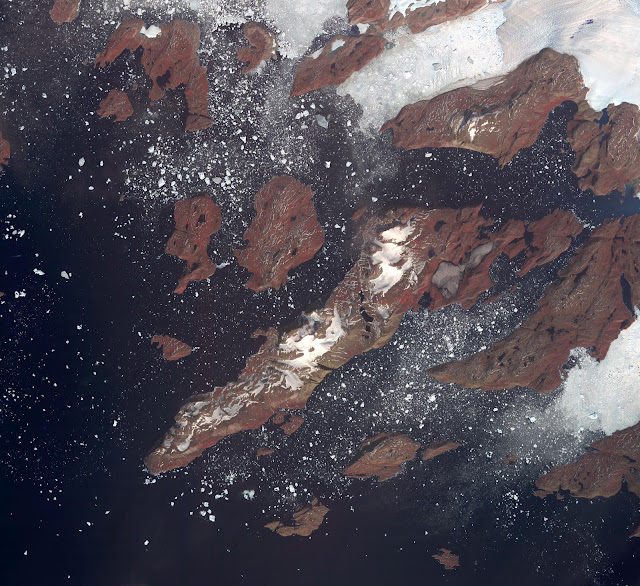Using 14.3 million measurements collected by ESA’s CryoSat mission between January 2011 and January 2014, researchers from the Alfred Wegener Institute in Germany have discovered that the Greenland ice sheet is shrinking in volume by 375 cubic kilometers a year. The study, which was published in a paper published on 20 August 2014 in the European Geosciences Union’s Cryospherejournal, also showed that Antarctica is losing about 125 cubic kilometers a year. Read full article.
Image credit: Helm et al., The Cryosphere, 2014
Note: For more information, see Greenland Ice-Sheet Height.





